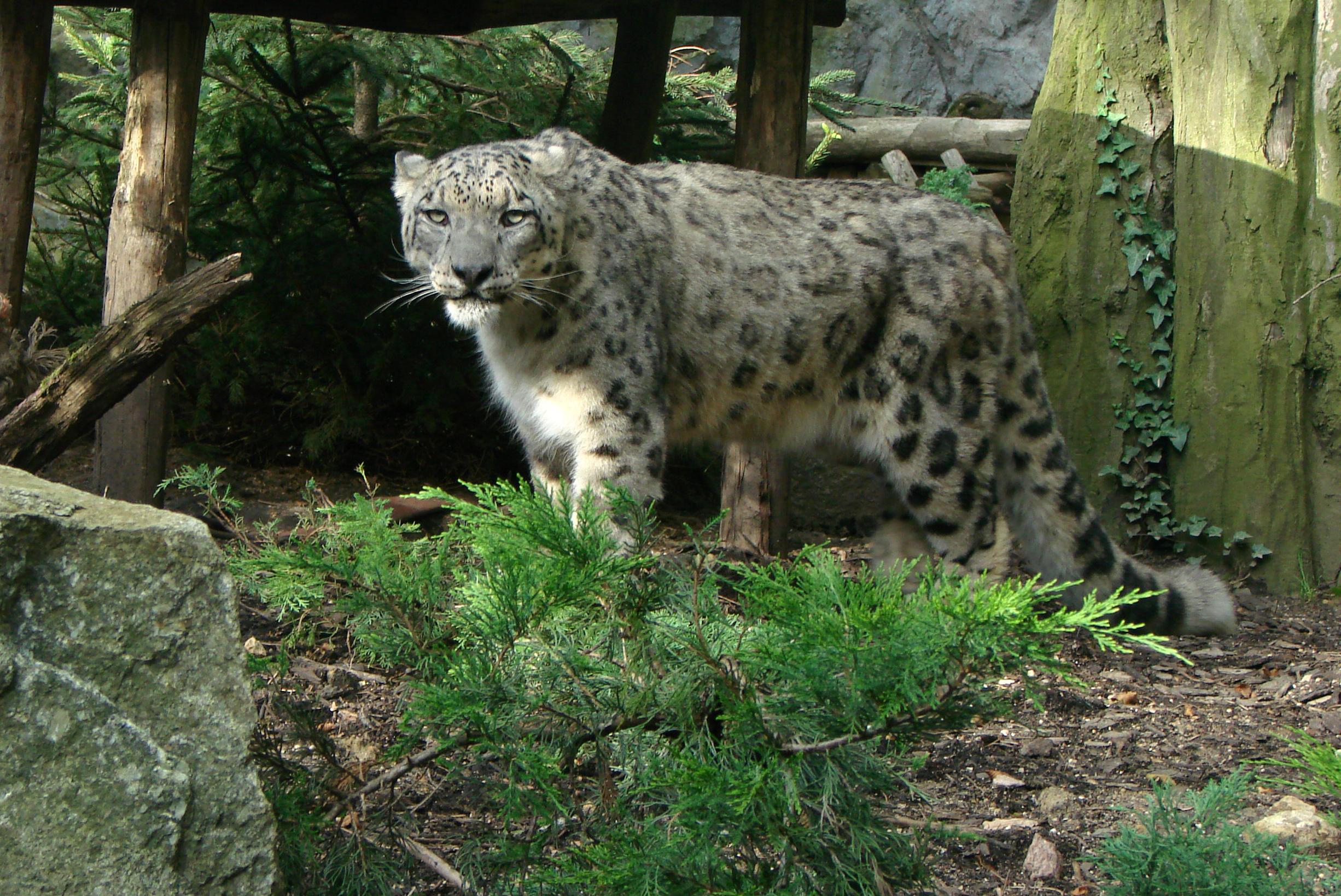

The Koala (Phascolarctos cinereus) is a thickset arboreal marsupial herbivore native to Australia, and the only extant representative of the family Phascolarctidae.
The Koala is found in coastal regions of eastern and southern Australia, from near Adelaide to the southern part of Cape York Peninsula. Populations also extend for considerable distances inland in regions with enough moisture to support suitable woodlands. The Koalas of South Australia were largely exterminated during the early part of the 20th century, but the state has since been repopulated with Victorian stock. The Koala is not found in Tasmania or Western Australia.
The word "koala" comes from the Dharuk word gula. Closely related words appear in other Australian Aboriginal languages, including:
- The Ngunnawal of the Canberra region also call it gula.
- In the Blue Mountains of New South Wales, Aborigines called Koalas by the word Cullawines.
- In the Murray Region, Aborigines called Koalas by the word Karbors.
- Other Aboriginal names for Koalas include: Bangaroos, Koolewongs, Narnagoons and Cholos.

It is commonly said that the common name 'Koala' is an Aboriginal word meaning "no drink" although there is no evidence to support this. Koalas do drink water, but only rarely, due to their diet consisting of eucalypt leaves, which contain sufficient water to obviate the need for the Koala to descend to ground level to drink.
The Koala is broadly similar in appearance to the wom bats (the closest living relatives), but has a thicker, more luxurious coat, much larger ears, and longer limbs, which are equipped with large, sharp claws to assist with climbing. Weight varies from about 14 kg for a large, southern male, to about 5 kg for a small northern female. Contrary to popular belief, their fur is coarse, not soft and cuddly. Koalas' five digits are arranged with opposable thumbs, providing better gripping ability. The first two digits are position in apposition on the front paws, and the first three digits for the hind paws. The Koala is one of the few mammals (other than primates) that has fingerprints. In fact, koala fingerprints are remarkably similar to human fingerprints; even with an electron microscope, it can be quite difficult to distinguish between the two.
bats (the closest living relatives), but has a thicker, more luxurious coat, much larger ears, and longer limbs, which are equipped with large, sharp claws to assist with climbing. Weight varies from about 14 kg for a large, southern male, to about 5 kg for a small northern female. Contrary to popular belief, their fur is coarse, not soft and cuddly. Koalas' five digits are arranged with opposable thumbs, providing better gripping ability. The first two digits are position in apposition on the front paws, and the first three digits for the hind paws. The Koala is one of the few mammals (other than primates) that has fingerprints. In fact, koala fingerprints are remarkably similar to human fingerprints; even with an electron microscope, it can be quite difficult to distinguish between the two.
Females reach maturity at 2 to 3 years of age, males at 3 to 4 years. If healthy, a female Koala can produce one young each year for about 12 years. Gestation is 35 days; twins are very rare. Mating normally occurs between December and March, the Southern Hemisphere's summer.
A baby Koala is referred to as a joey and is hairless, blind, and earless. At birth the joey, only a quarter of an inch long, crawls into the downward-facing pouch on the mother's belly (which is closed by a drawstring-like muscle that the mother can tighten at will) and attaches itself to one of the two teats. Koalas retain the rearward-facing pouch of their terrestrial vomaboid ancestors. Young remain hidden in the pouch for about six months, only feeding on milk. During this time they grow ears, eyes, and fur. The joey then begins to explore outside of the pouch. At about this stage it begins to consume small quantities of the mother’s "pap" (formerly thought to be excrement, but now thought to come from the mother's caecum) in order to inoculate its gut with the microbes necessary to digest eucalypt leaves. The baby Koala will remain with the mother for another six months or so, riding on her back, and feeding on both milk and eucalypt leaves until weaning is complete at about 12 months of age. Young females disperse to nearby areas at that time; young males often stay in the mother's home range until they are two or three years old...(more on www.wikipedia.org)

 Baby Green Iguana
Baby Green Iguana 









